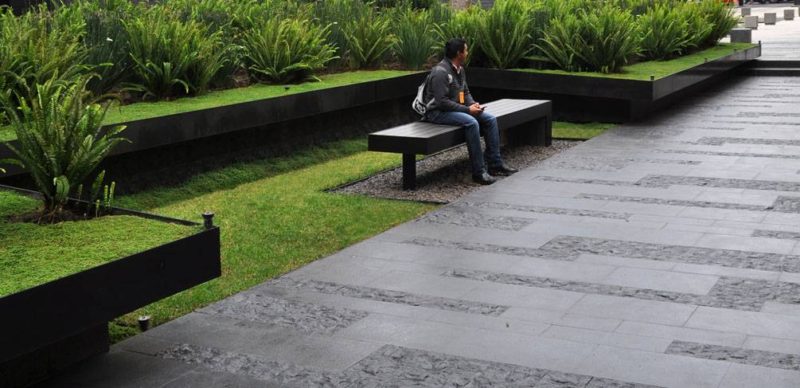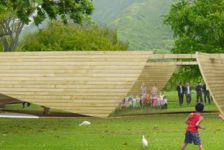In this article, we go into the eight most common mistakes people make when specifying paving and offer creative ways to avoid them. Have you ever wondered how you know where to go in the park? We’re not talking about the well-known places where you can walk with your eyes shut. We want to direct your attention to the cases in which you don’t know which way to go, but somehow find the right direction. Our challenge to you is this: How do you do that? Is it because of your sixth sense? Or is it because the path network is designed in a logical way? Alleys, platforms, and their pavements are fundamental elements of composition in landscape architecture. Their design is the skeleton of the overall landscape and serves as a basis that has a crucial effect on the final result. Designing your path network is very much like 3-D modeling. If your polygonal model isn’t excellent, you know that the whole scene will be a disaster in the end. And vice versa – if you take time to plan your base, everything else will follow and upgrade your initial idea so that it flows. Now that you understand the importance of paving, we invite you to walk with us to discover the eight mistakes to avoid if you want to be a better landscape architect.
1. Discounting the Proportion Between Green and Paved Areas
The first thing you need to do is to determine the right correlation between paved and green areas. Regulatory requirements vary from country to country, but when the green area percentage is set as a minimum, don’t settle for that minimum as the only possible solution. Expanding green areas will make for a much higher ecological, economic, and social quality of life. Of course, the proportion depends mainly on the site’s function. However, designers shouldn’t forget that path and pavement design isn’t the only manner in which composition and patterns can be defined. How to avoid planning too large areas of pavement? Think of more creative ways to achieve appealing projects. Shapes and colors can be found in both the hardscape and the softscape, so use them all. Below: Here is a good example displaying a well-balanced composition. Note how different levels and vegetation are used to add motifs to the plan.
Recommended Reading
- Landscape Paving Ifengspace Huanan
- Landscape Construction by David Sauter
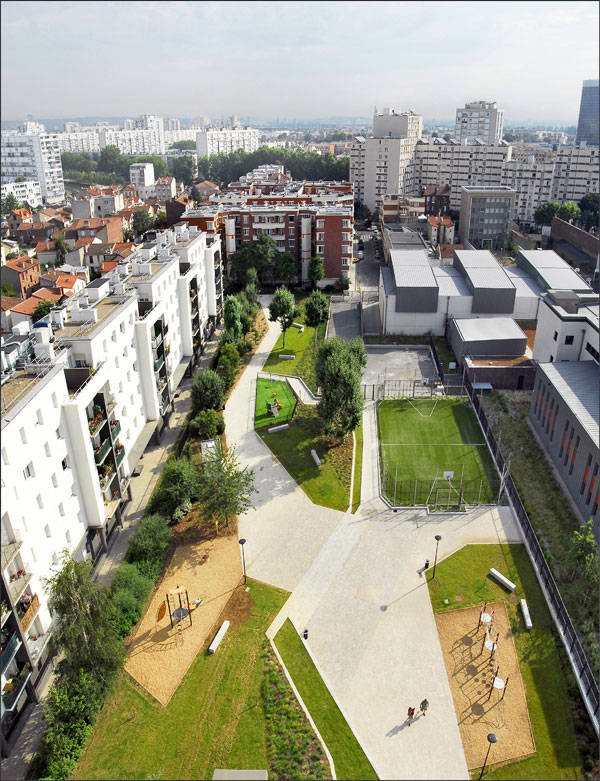
Photo credit: Asnières Residential Park by Espace Libre Paysage et urbanisme

Baan Ladprao private residence. Photo courtesy of Landscape Architects 49 Ltd.
2. Disregarding paving’s future function when specifying it
Another top mistake designers make when specifying paving is forgetting paving’s main function. The purpose of alleys is to provide transportation and pedestrian communications. That’s why the future exploitation of the paved surface has the greatest importance when specifying paving. Depending on whether it is a small private yard or a vast public square, the stream of people varies. The pressure exerted on the surface is different, as well. The bearing capacity of pavement determines what materials we choose and how thick this surface layer should be. A comparison between two projects of such opposite uses of flooring can be found in the two following articles below. The first one offers an outstanding private garden design. The load that the pavement will have to bear is expected to be minimal. In this case, wood decking and stepping stones set in gravel are an appropriate design solution, as their bearing capacity doesn’t have to be big.

Modern Meets Mediterranean in an Outstanding Private Garden Design. Photo credit: Iúri Chagas
Recommended Reading
- Landscape Paving Ifengspace Huanan
- Landscape Construction by David Sauter
3. Not considering the importance of construction
A serious mistake is also made when it comes to specifying the layers of pavement construction. Concrete paving stones, decking, natural rock blocks, etc., compose only the upper surface layer of flooring. The other two main components of pavement are its substructure (or foundation) and ground foundation. The correct planning of pavement construction and the proper selection of input materials determine pavement’s expedience and durability. Foundation is the constructive element that allots pavement’s bearing capacity to the greatest extent. So how do we remember the significance of construction? Do you remember what we said about 3-d modeling? A well designed base is always the priority. Keep that in mind.
WATCH: How to prepare a paver base
4. Ignorance of pavement’s technical specifications
We’ve come to mistake number four – ignorance of pavement’s characteristics. You know that the variety of ornamental pavement on the market is enormous and continues to expand. Natural stone slabs, for example, differ in technical properties and durability according to their geophysical origin and structure. At the beginning of the design process, designers pick out a certain type of slab because of its hue, texture, or grit. In order to avoid possible problems, they need to know how the material corresponds to pressure, withstands chemical attacks, and whether it is durable. Did you know, for example, that resistance to cold is the most momentous technical specification of natural stone slabs? Concrete slabs, on the other hand, have different strengths and weaknesses. Permeable and cool pavements are also relatively new products, standing out for their unique improved properties, such as permeability, thermal emittance, and heat convection. More information about smart pavement can be found here:
So how can you avoid making this mistake? Consult with paving specialists and manufacturers. They are the experts who can answer all of your questions. They know what’s new and efficient on the market. Sometimes all you need to do is just ask.
5. Forgetting about the aesthetic functions of paving
So far, we have talked about the practical, technical aspects of pavement. But oftentimes — especially when we talk about pedestrian paths — the visual effect of ornamental paving is also important.
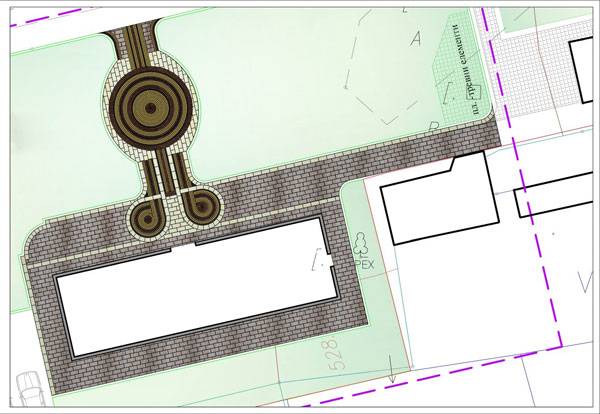
Paving detail courtesy of Milen Neshev – Landscape architect working for paving firm – Semmelrock Stein + Design.
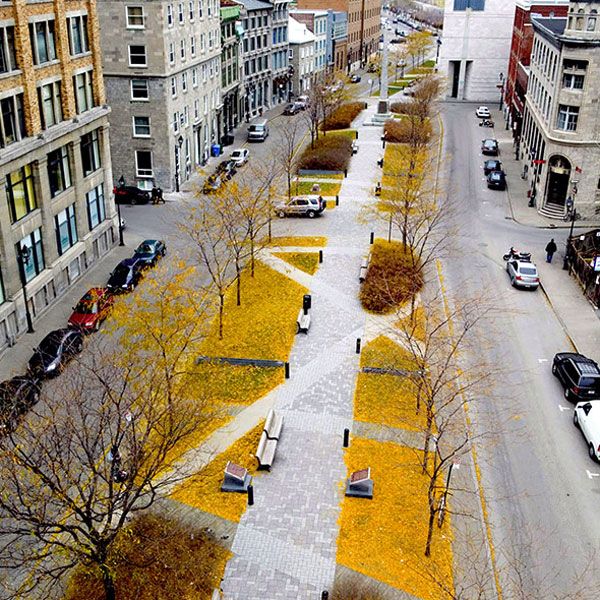
Place d’Youville. Photo courtesy of Claude Cormier + Associés.
6. Ignoring paving installation schemes’ functions
Encroaching deeper into the subject of visual and aesthetic effects, we will put stress on the theoretical approaches that every landscape architecture student has studied, but almost every landscape architect leaves behind.
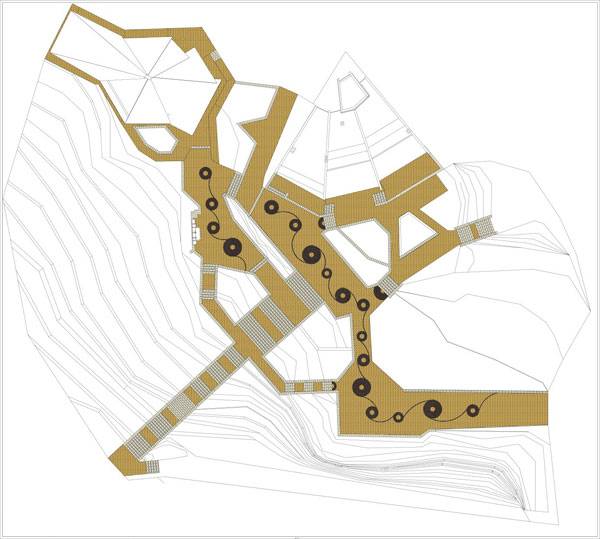
Paving detail courtesy of Milen Neshev – Landscape architect working for paving firm – Semmelrock Stein + Design.

Borås Textile Fashion Center. Photo courtesy of Thorbjörn Andersson
7. Not knowing how to combine different materials
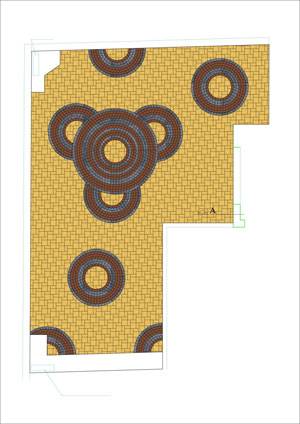
Paving detail courtesy of Milen Neshev – Landscape architect working for paving firm – Semmelrock Stein + Design.
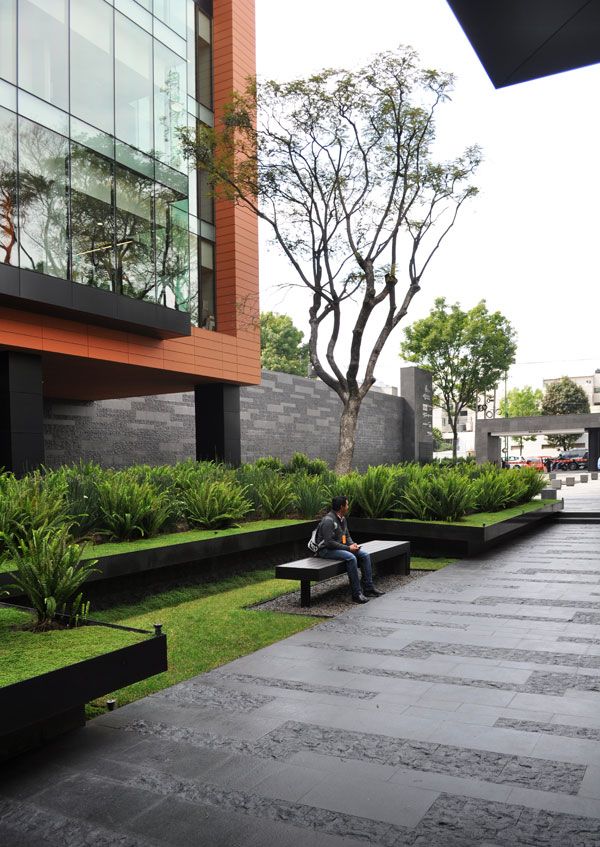
Coyoacán Corporate Campus. Photo courtesy of DLC Architects
8. No attention to detail
Finally, we have reached the last step on our walk of mistakes – no attention to detail. You have heard the expression “the devil is in the details”, and perhaps every landscape architect can grasp the meaning of it. When referring that saying to pavement design, attention should be paid to key features such as edging, surface inclination, equipment for surface drainage, and drainage construction of pavements and their basis. Edging, for instance, is important not only for the aesthetically beautiful effect of ornamental pavement, but mostly for supporting and protecting the construction. Even the design of valleys matters, so don’t make short work at the end. How to beat this final mistake? Although perfection is an abstract and imaginary concept, the desire to reach it drives people forward. And even if it is unattainable, we can at least try to get as close as possible. That’s how we will make the most of our work. Aren’t details the nostrum? How close to perfection do you think the paving design in this project is?

Central Plaza in Chiang Rai by shma.
How to Avoid All of These Mistakes
Coming to the end of our walk, it is time to consider whether there is a way to avoid all of these mistakes. It may sound quite cheesy, but my personal opinion is simple: We have to make all of these mistakes once to avoid repeating them in the future. What is your opinion on the matter?
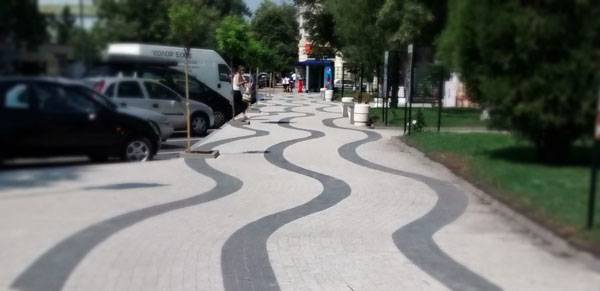
Paving detail courtesy of Milen Neshev – Landscape architect working for paving firm – Semmelrock Stein + Design.
Recommended Reading
- Landscape Paving Ifengspace Huanan
- Landscape Construction by David Sauter
Article by Velislava Valcheva Return to Homepage
Published in Blog


